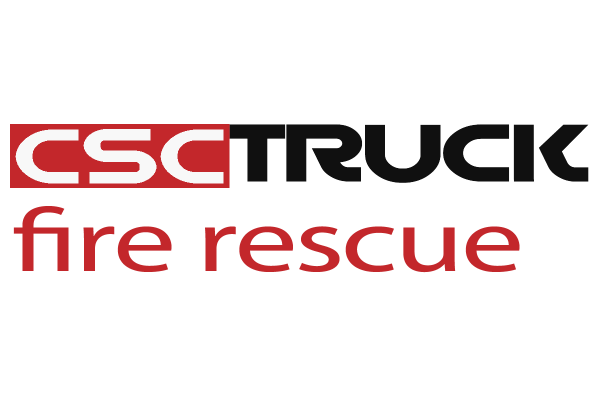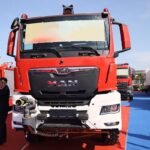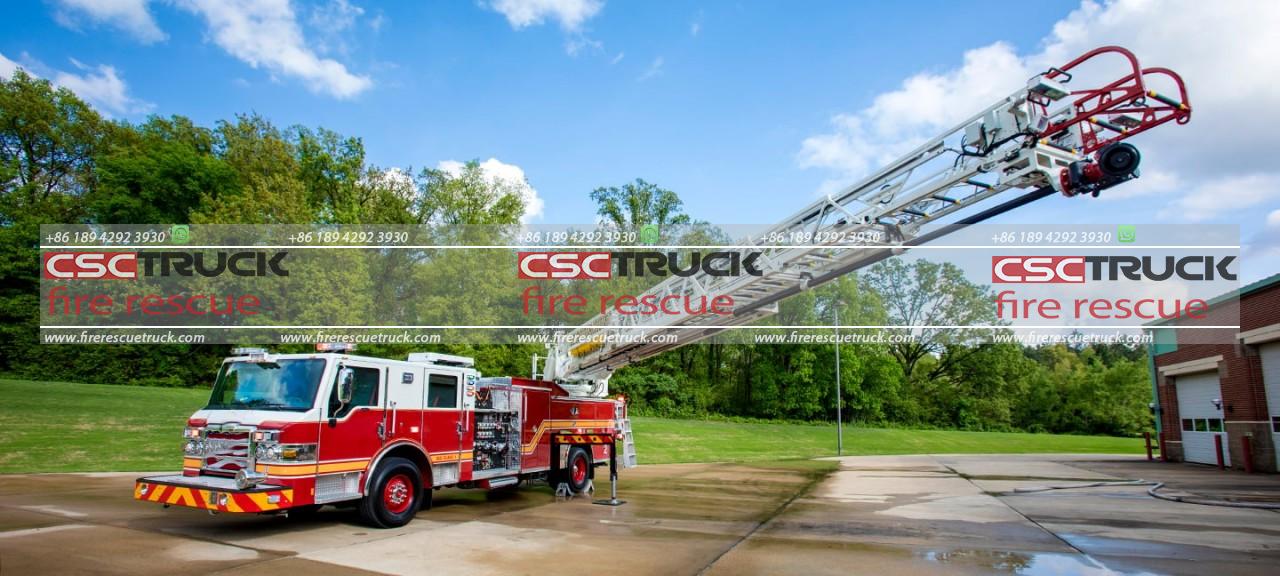Air/Light Support Fire Truck: The Role of Air and Light Support Trucks in Fire Operations
Firefighting operations can be incredibly complex, with fire scenes ranging from residential structures to industrial facilities and even wildfires. Among the various pieces of equipment used in modern firefighting, air/light support fire trucks play a crucial, yet often overlooked, role. These specialized vehicles are designed to provide essential lighting and compressed air resources during emergency operations, particularly in low visibility conditions and hazardous environments. By addressing the specific needs for illumination and breathing air supply, air/light support trucks enhance the safety and efficiency of firefighting teams in ways that go beyond conventional fire trucks.
1. The Basics of Air/Light Support Fire Trucks
An air/light support fire truck is a hybrid vehicle, typically a modified fire apparatus, that combines 2 main capabilities: lighting and compressed air supply. These units are often deployed during large-scale fire operations, search and rescue missions, hazardous materials incidents, and other emergencies that occur in low-light or confined spaces.
The primary functions of air/light support trucks can be broken down into the following 2 categories:
- Lighting: Air/light support trucks are equipped with high-powered lights, such as portable floodlights, tower lights, and LED lights, to illuminate the area around the incident scene. This is especially critical during nighttime operations or in situations where smoke, darkness, or poor weather conditions reduce visibility. These lights ensure that firefighters can safely carry out their duties, including search and rescue, fire suppression, and hazardous material management.
- Air Supply: The second key function is the provision of breathable air. These vehicles carry a large air compressor and can supply breathable air to firefighters who are operating in toxic or oxygen-deprived environments. This is vital during incidents involving structural fires, hazardous materials, or confined space rescues, where air quality is compromised.
The truck is typically built on a sturdy chassis, often the same as those used for large rescue or pumper trucks, to accommodate the specialized equipment and support the weight of heavy-duty lighting and air systems.
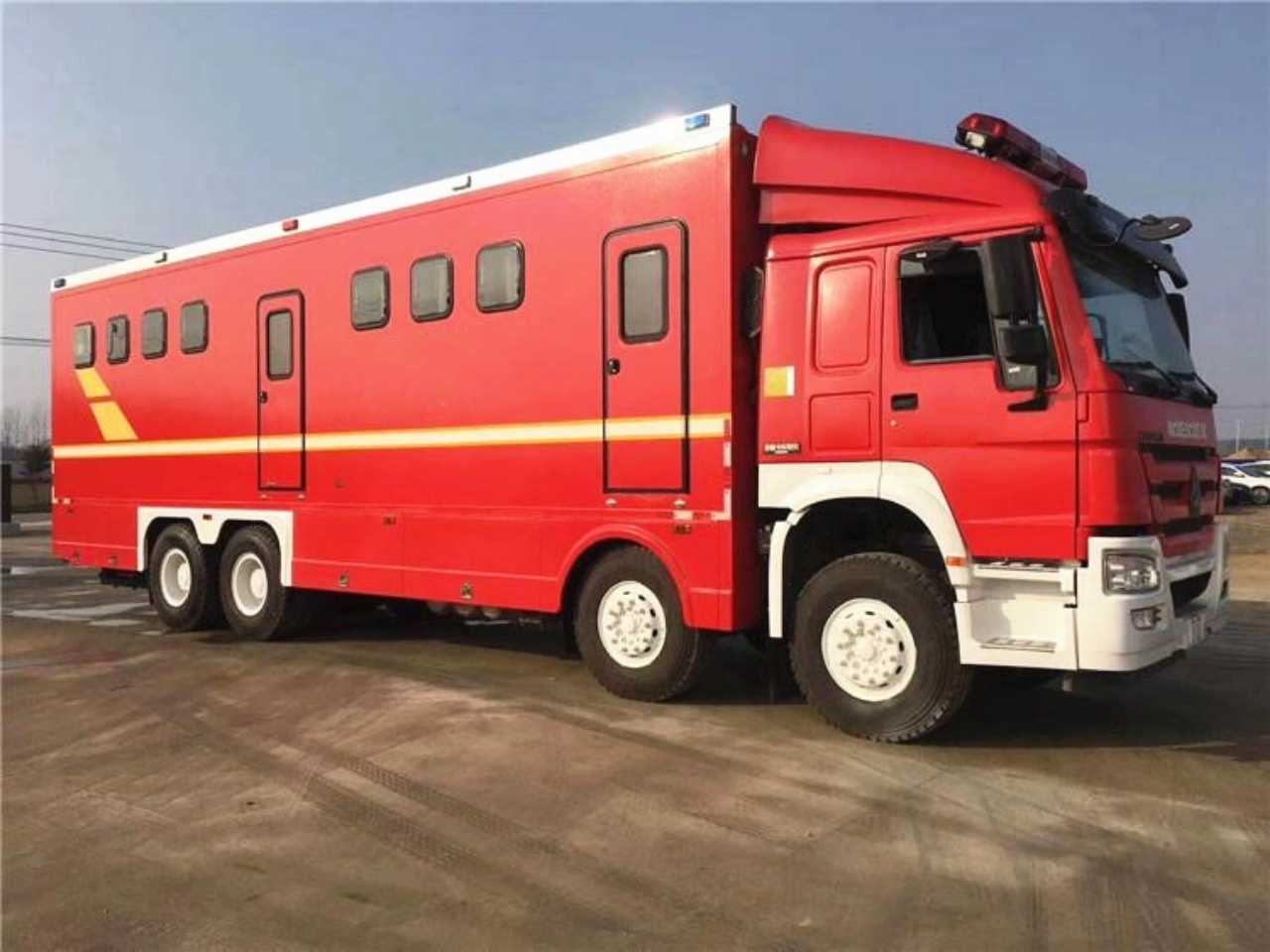
2. The Importance of Lighting in Firefighting
Lighting is one of the most essential tools for firefighting teams, particularly during night operations. It may seem like an obvious need, but in the chaos of a fire scene, the importance of good lighting cannot be overstated. Proper illumination is critical not only for firefighters to see what they are doing but also for the safety of those working in perilous conditions.
Firefighting operations, especially during structural fires, often take place in environments filled with smoke, debris, and collapsing structures. Low visibility can quickly turn a simple operation into a hazardous situation. With the addition of air/light support fire trucks, emergency responders can deploy powerful lights that help create safe working conditions, allowing firefighters to:
- Identify hazards such as downed power lines, burning debris, or unstable structures.
- Conduct search and rescue operations more effectively, locating victims or trapped individuals within smoke-filled or darkened buildings.
- Provide safe ingress and egress routes for personnel and equipment, especially in complex or large-scale incidents.
- Monitor fire behavior by observing heat signatures and smoke patterns, which can assist in planning strategies for fire suppression and controlling the fire spread.
In many cases, air/light support trucks are equipped with extendable light towers that can reach significant heights to cast light over a large area. These lights can be directed and adjusted to target specific areas, ensuring that firefighters can see critical parts of the scene, even when working inside or behind structures.
3. The Role of Air Supply in Fire Operations
Breathing air is another key function of air/light support fire trucks. At many fire scenes, especially those involving hazardous materials, confined spaces, or structural fires, the air quality can become dangerous. Smoke, toxic gases, and a lack of oxygen can quickly make it difficult, if not impossible, for firefighters to operate safely without supplemental air.
The air/light support truck’s air supply system typically includes:
- Air Compressors: High-powered compressors are used to fill SCBA (Self-Contained Breathing Apparatus) bottles for firefighters. These compressors can supply air for hours, ensuring that firefighters working in hazardous environments have an uninterrupted air supply.
- Breathing Air Refill Stations: These stations allow firefighters to refill their air tanks directly from the truck, which is crucial during prolonged operations. Without these refills, firefighters would need to return to the station to recharge their tanks, potentially delaying critical operations.
- High-Pressure Air Systems: These systems can operate at high pressures (up to 4,500 psi) to meet the needs of fire departments during extended firefighting operations. Having a reliable and rapid air supply can prevent injuries, improve the efficiency of rescue operations, and reduce the time needed for firefighters to rotate out of hazardous areas.
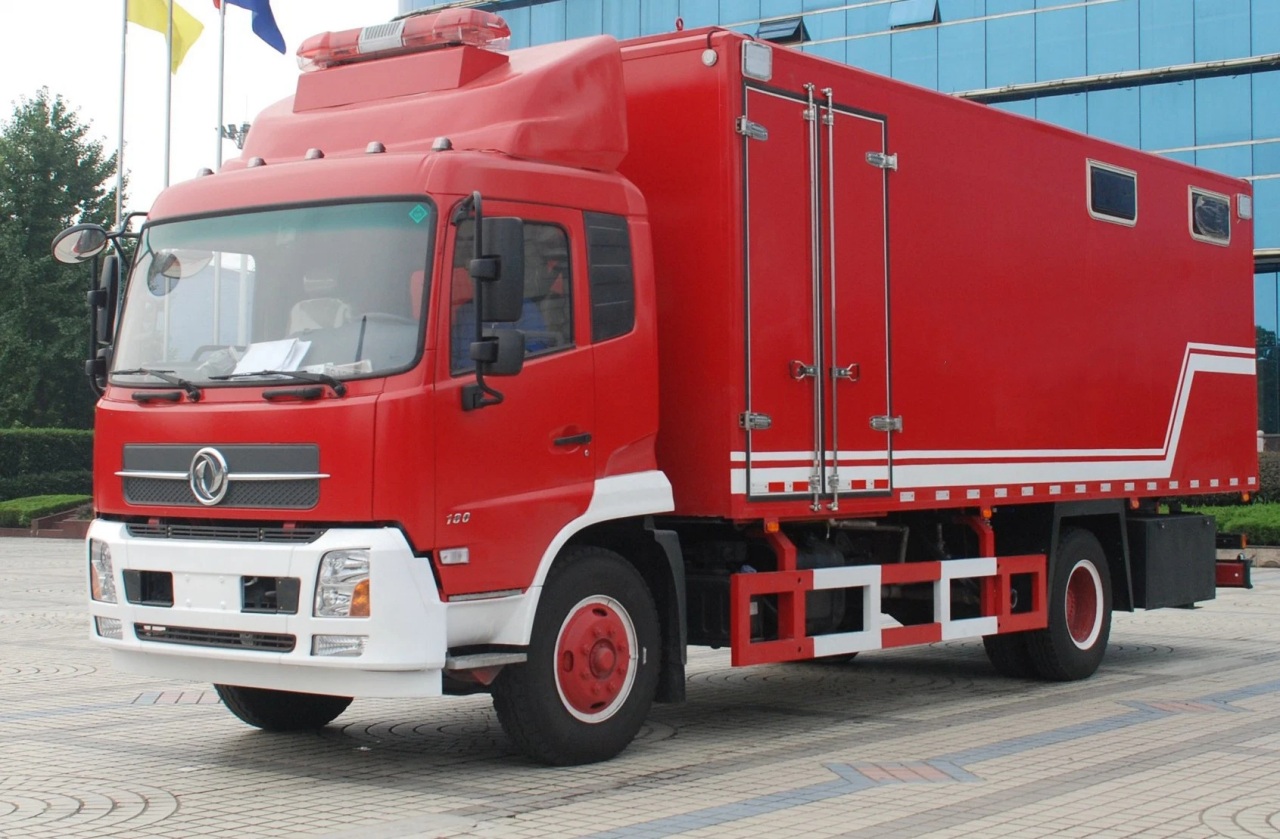
4. Strategic Advantages of Air/Light Support Trucks
When combined, the lighting and air supply capabilities of air/light support trucks provide multiple strategic advantages during fire operations:
- Increased Operational Efficiency: By eliminating the need for firefighters to leave the scene for air refills or lighting setups, air/light support trucks streamline operations. This results in faster response times, improved coordination, and a more effective firefighting strategy.
- Enhanced Safety: These trucks help reduce the risks associated with poor visibility and lack of breathable air. In environments where conditions are unpredictable and rapidly changing, air/light support vehicles provide an added layer of security for firefighters, reducing the likelihood of disorientation, equipment failure, or respiratory injuries.
- Versatility and Adaptability: Air/light support trucks can be deployed in a wide variety of firefighting scenarios. From wildfires to urban structural fires to hazardous materials incidents, their ability to provide both light and air ensures that they remain valuable assets in many different contexts.
- Support for Specialized Operations: In some cases, air/light support trucks can assist in specialized operations, such as high-angle rescues, confined space rescues, or disaster response situations. For example, when working at night or in challenging terrain, these trucks provide crucial illumination and air support for technical rescue teams.
5. Modern Innovations and Enhancements
As fire departments continue to evolve and adopt new technologies, air/light support trucks have also seen enhancements in their capabilities:
- LED Technology: The use of LED lights in air/light support trucks has revolutionized nighttime firefighting. LEDs are energy-efficient, long-lasting, and capable of producing a high-quality, powerful beam of light, which makes them ideal for emergency use.
- Mobile Air Quality Monitoring: Some modern air/light support trucks are equipped with sensors that monitor the air quality on the scene. These sensors can detect levels of oxygen, carbon monoxide, carbon dioxide, and other harmful gases. This allows fire commanders to assess the hazards in real time and adjust tactics accordingly.
- Solar-Powered Lighting: In response to the growing push for sustainability, some air/light support trucks now incorporate solar-powered lighting systems. These lights reduce the truck’s reliance on fuel and provide an environmentally friendly lighting option during longer operations.
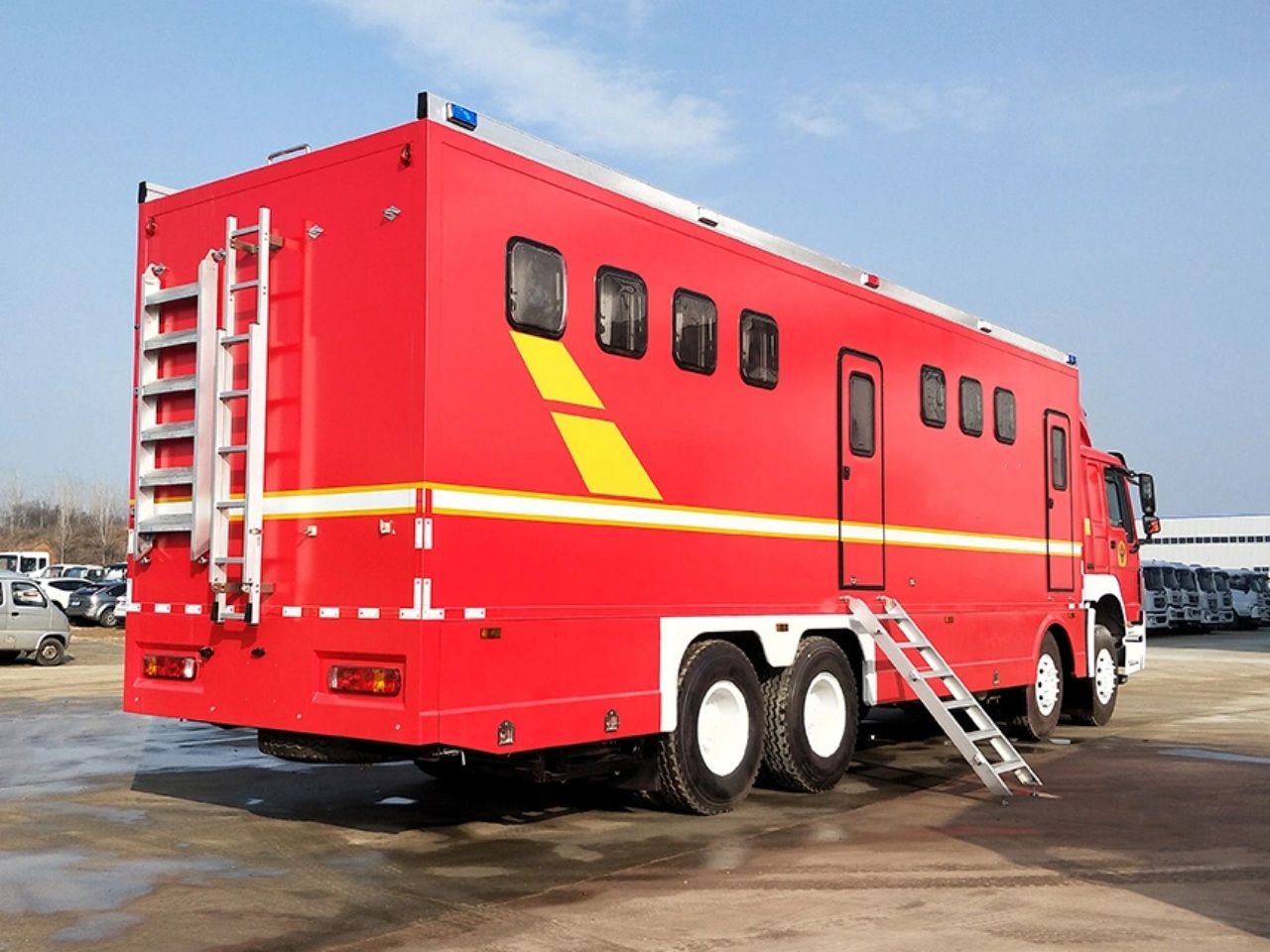
Conclusion
Air/light support fire trucks are indispensable tools in modern firefighting. They enhance safety, improve operational efficiency, and provide critical support during both routine and high-stress operations. By integrating powerful lighting and reliable air supply capabilities, these specialized vehicles enable firefighters to perform their duties more effectively, even in the most dangerous and challenging conditions. Whether responding to a residential fire, a hazardous materials spill, or a large-scale disaster, air/light support trucks are vital assets that help ensure the success of fire operations and the safety of all personnel involved.
